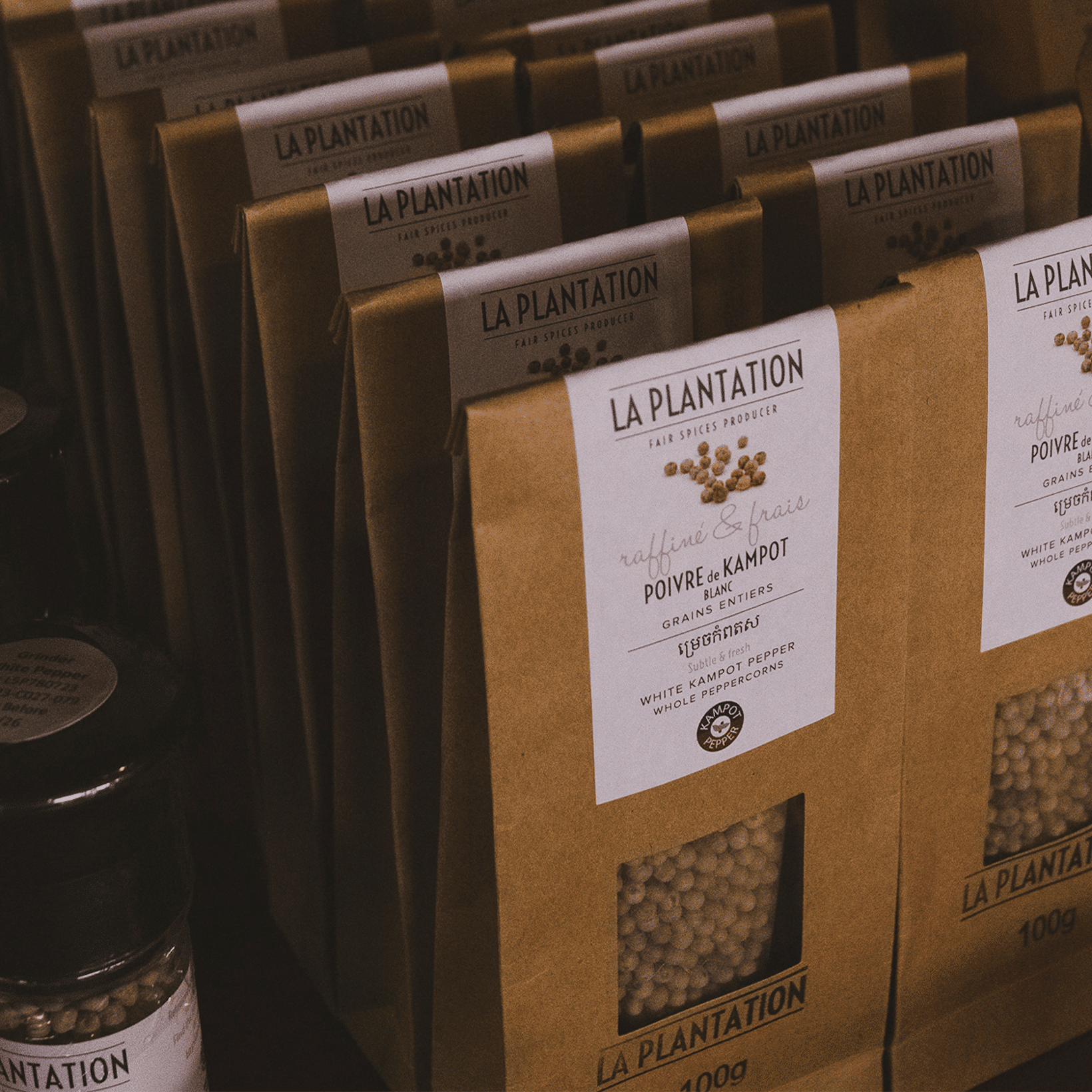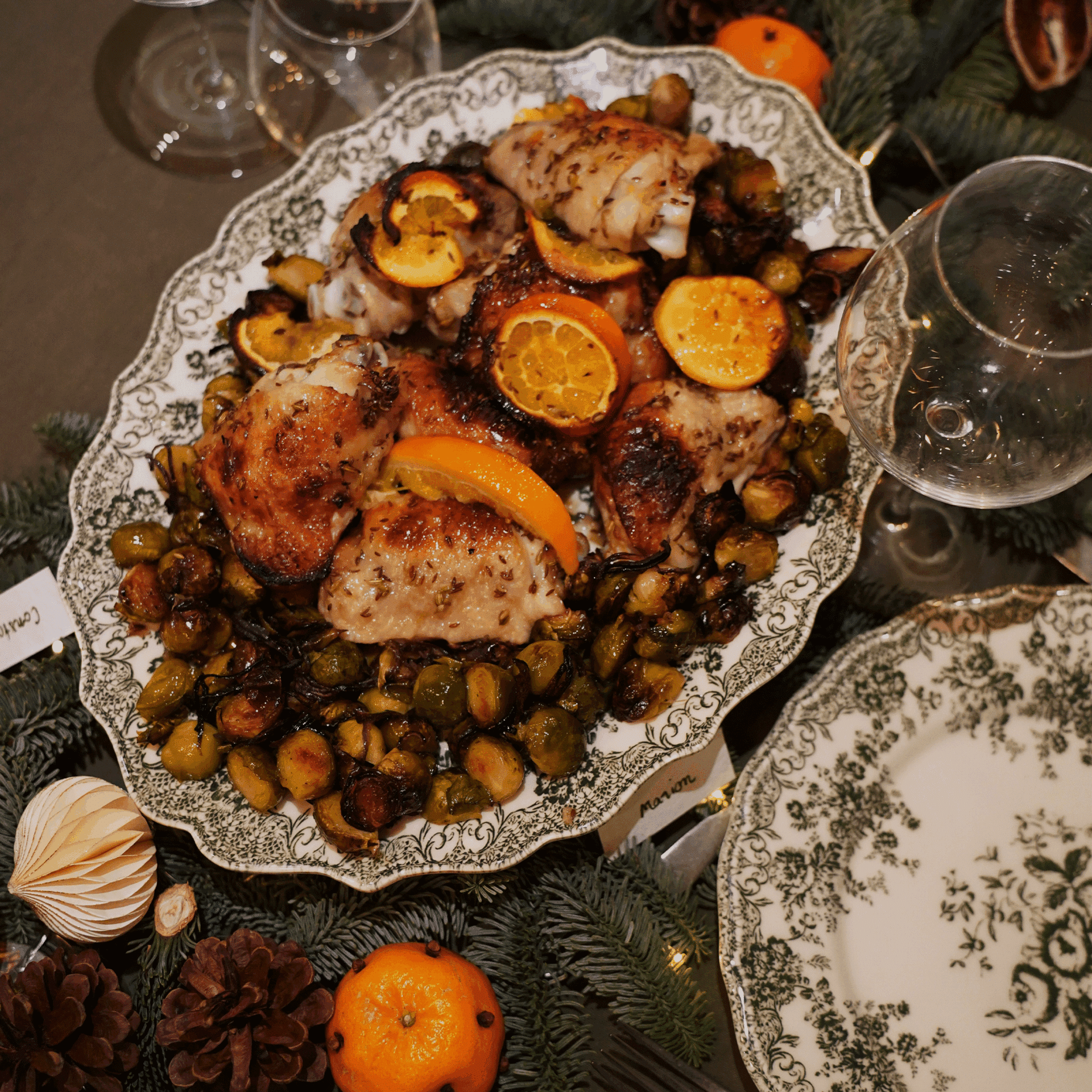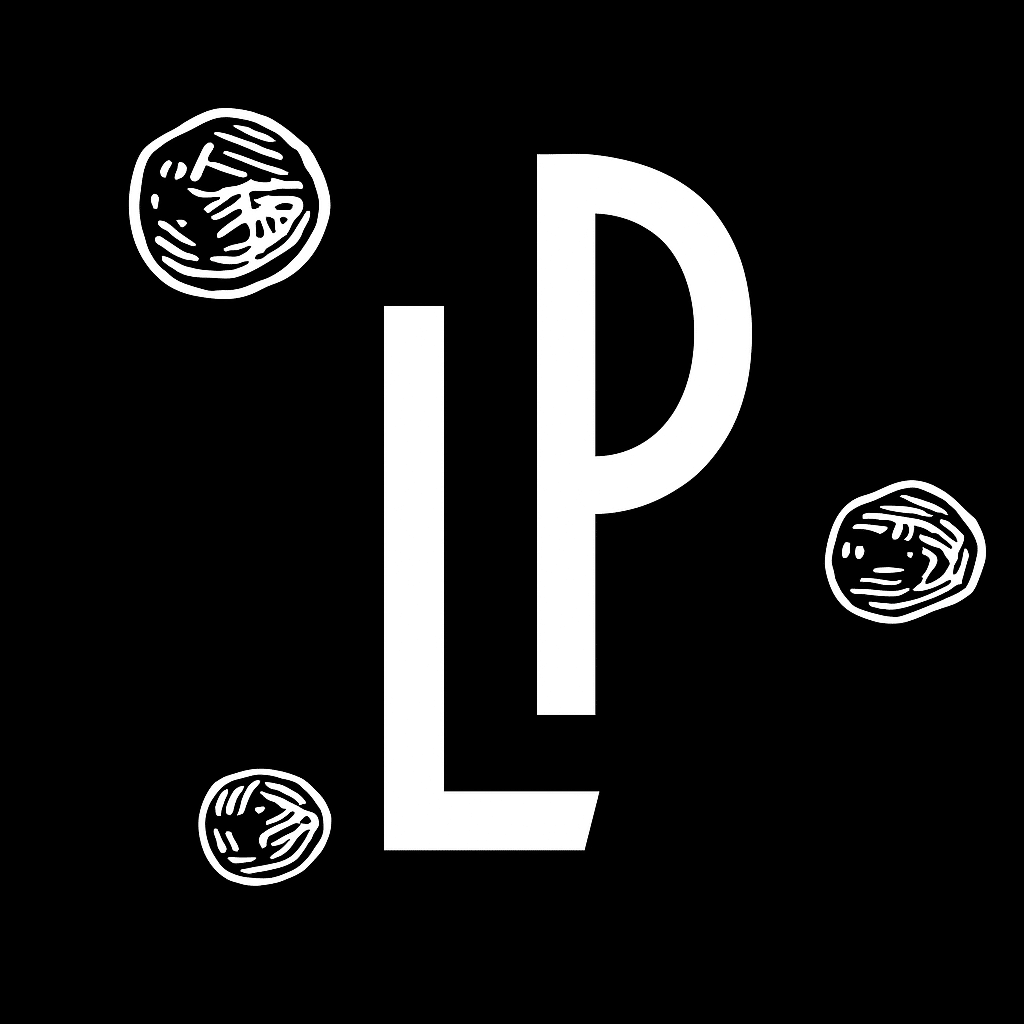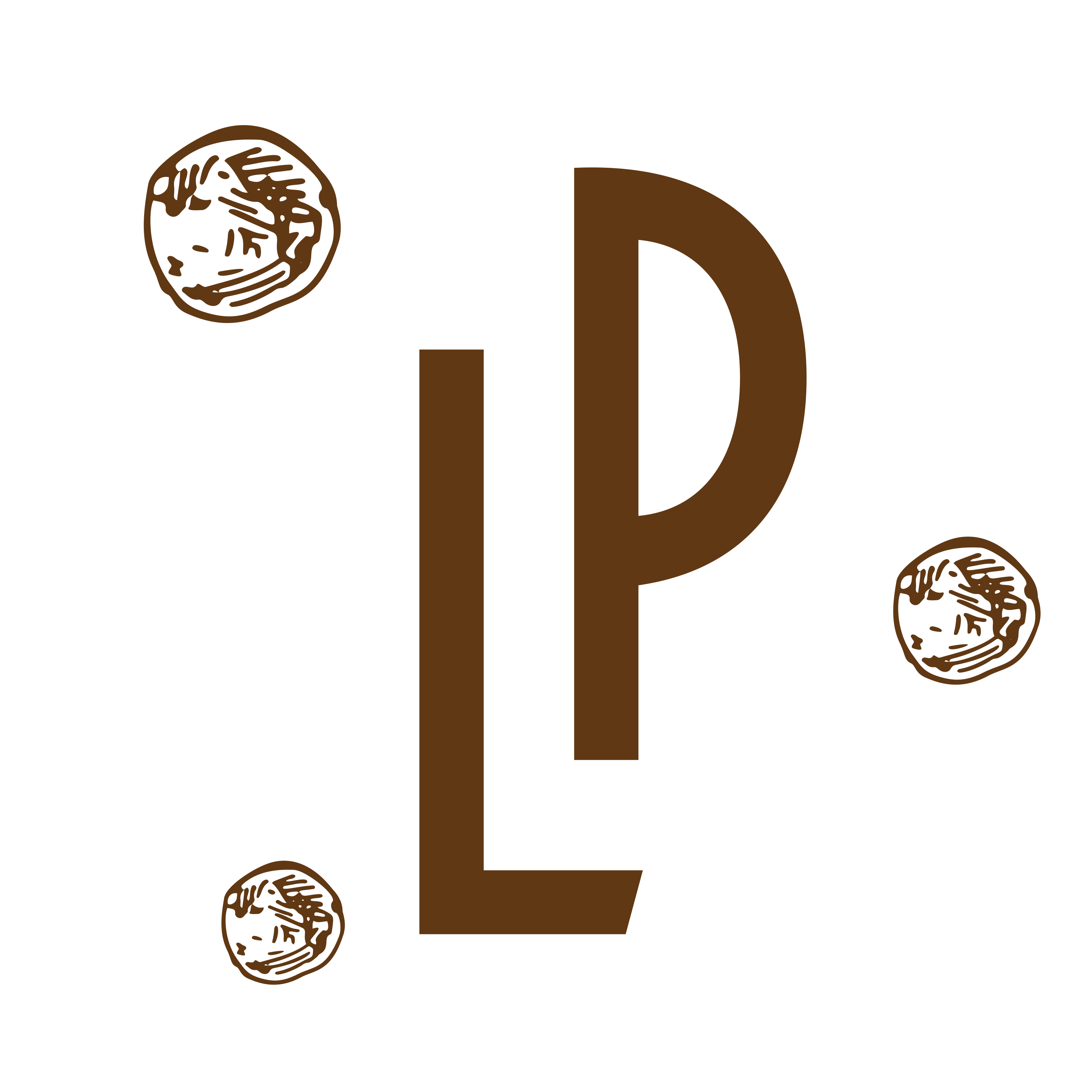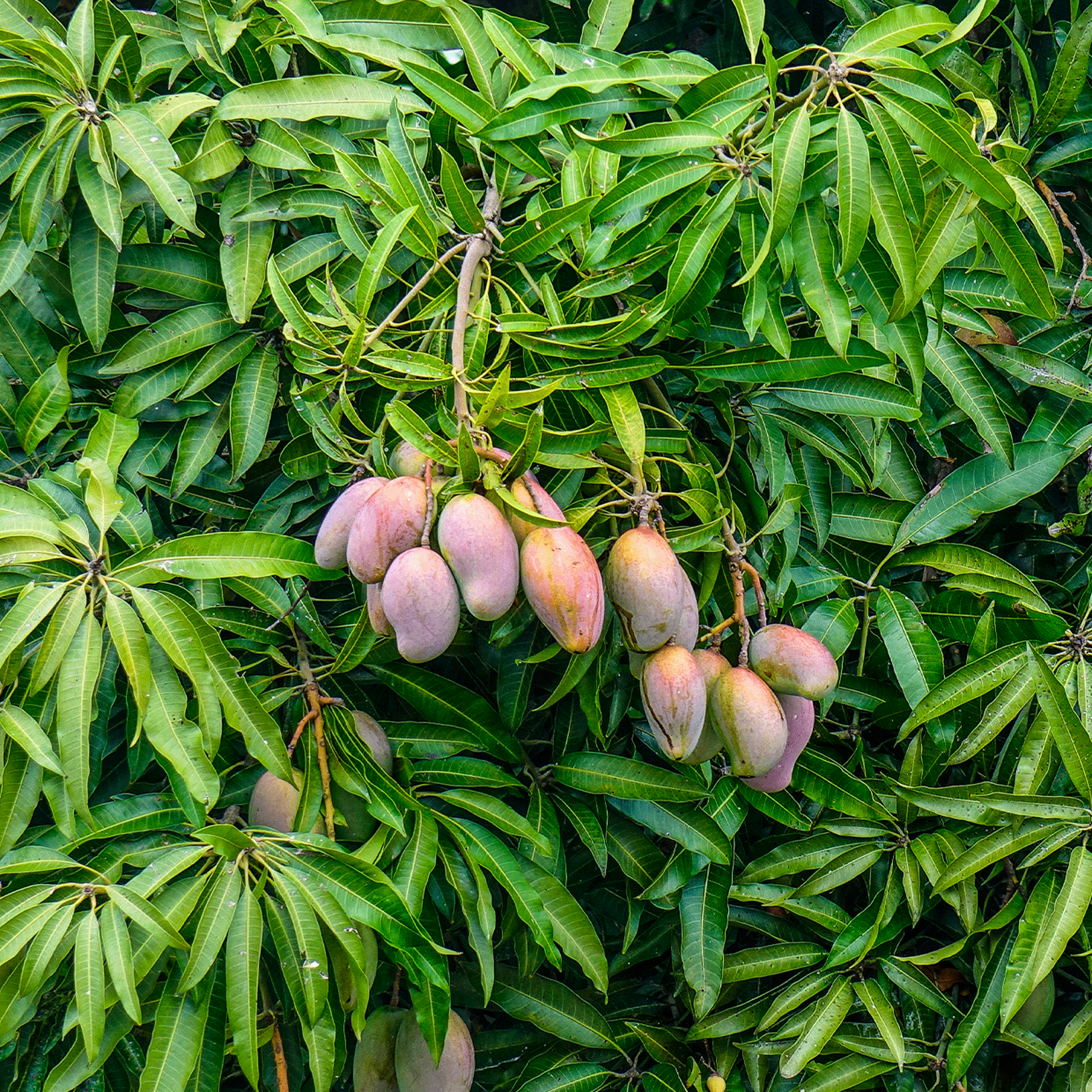

We tell you all about our anti-waste programme
We realised that many of the plants we select for their intense aromas and well-being virtues, such as the seeds of Kampot Pepper, had these organoleptic qualities in other parts of the plant, such as their leaves. We therefore wanted to offer you spices that maximise all the components, all the stages of maturity and all the qualities of the plant and thus avoid food waste. It is also about exploring the full aromatic palette of plants in their various forms… Nothing is lost in the beautiful plants of our Kampot farm!
We’ll explain our anti-waste programme at La Plantation spice by spice:
Black Kampot Pepper
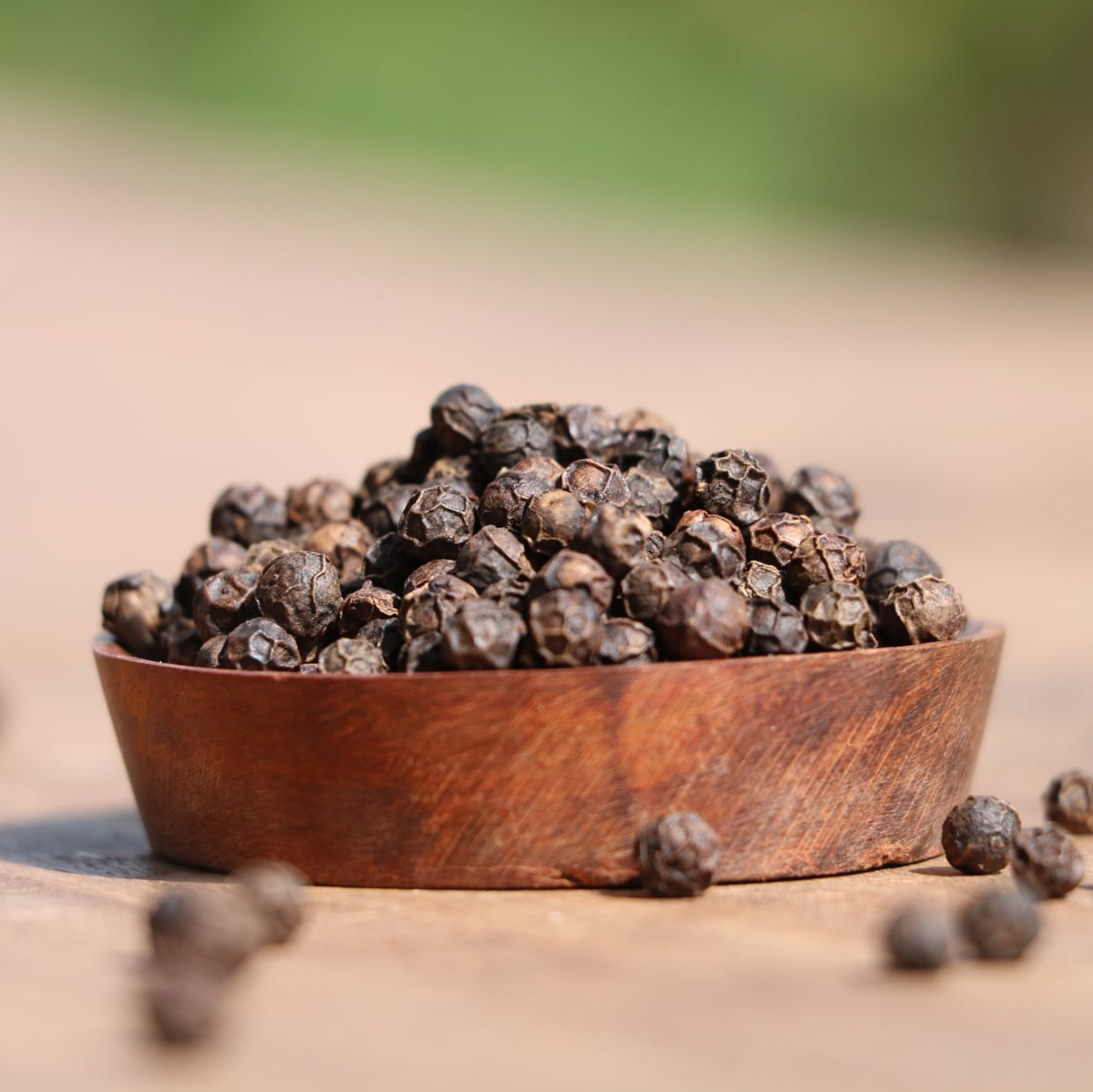
Kampot Black Pepper is protected by a PGI (Protected Geographical Indication). Each seed must therefore meet the requirements of the specifications governing the designation. It therefore follows a manual selection process, whereby each seed is examined by our selection teams. Broken or too small grains (Kampot Pepper grains must be more than 4mm in diameter) are eliminated one by one. And if a small piece of cluster remains attached to the peppercorn, it is removed with tweezers. These peppercorns cannot therefore be sold as Kampot Pepper.

As part of our anti-waste program, we had to re-use them in a different form, so we created a range of blends based on these black peppercorns, which have the same aromatic palette as the first quality peppercorns. You will find these crushed seeds in the Spicy, Lemon, Smoked, Pepper & Spice blends and also in our new Black Pepper Sauce.
Combava: From Leaf to Bark
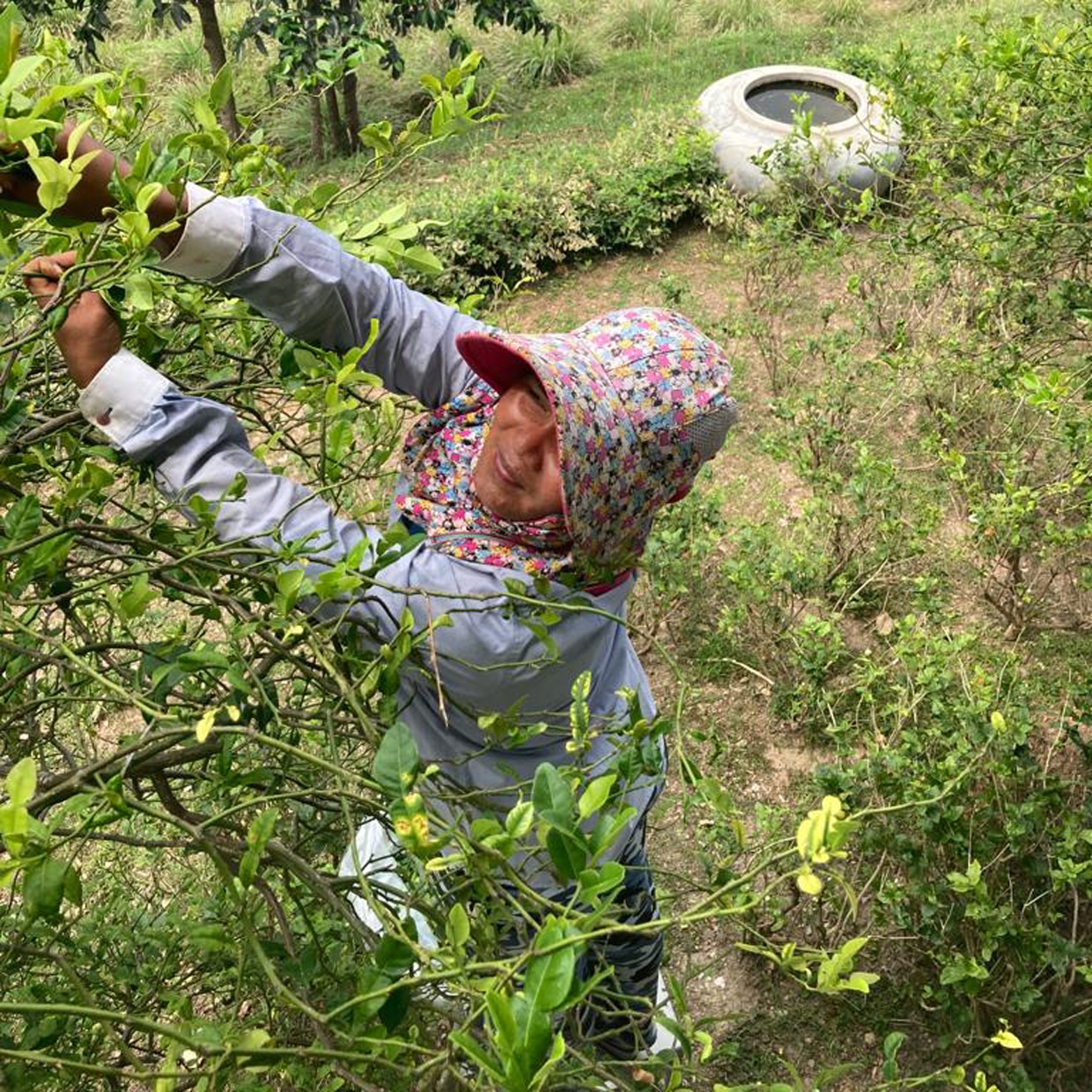
Citrux Hystrix or Combava is a very fragrant shrub. Next to every house in the Cambodian countryside you will find at least one Combava tree. We are lucky enough to have it all around the house, our Cambodian friends claim that it repels snakes… Combava leaves are considered the emblematic ingredient of Khmer cuisine, it is widely used in soups, curries or ‘amok’. Its lemony notes are similar to lemongrass but more intense. Although the leaf can be harvested all year round, it grows particularly well during the rainy season, as does the fruit (and its delicious peel), which is harvested while still green.

What is our anti-waste programme for Combava? We decided to offer you the whole plant, in 2 dehydrated forms: The Leaves and the Barks. The Combava leaves are also the main ingredient in our Lemon Blend (along with the undersized black peppercorns). For the Kaffir Lime fruit, we use the peel that is taken from the fruit for the spices.
But that’s not all… With the fruit, we recover the juice that will be offered as a lemonade to our visitors. We have also devised an in-house formula to transform this Combava juice into an effective washing-up liquid used in our canteen and restaurants. Nothing goes to waste on Kaffir Lime!
Lemongrass: from Stem to Leaf
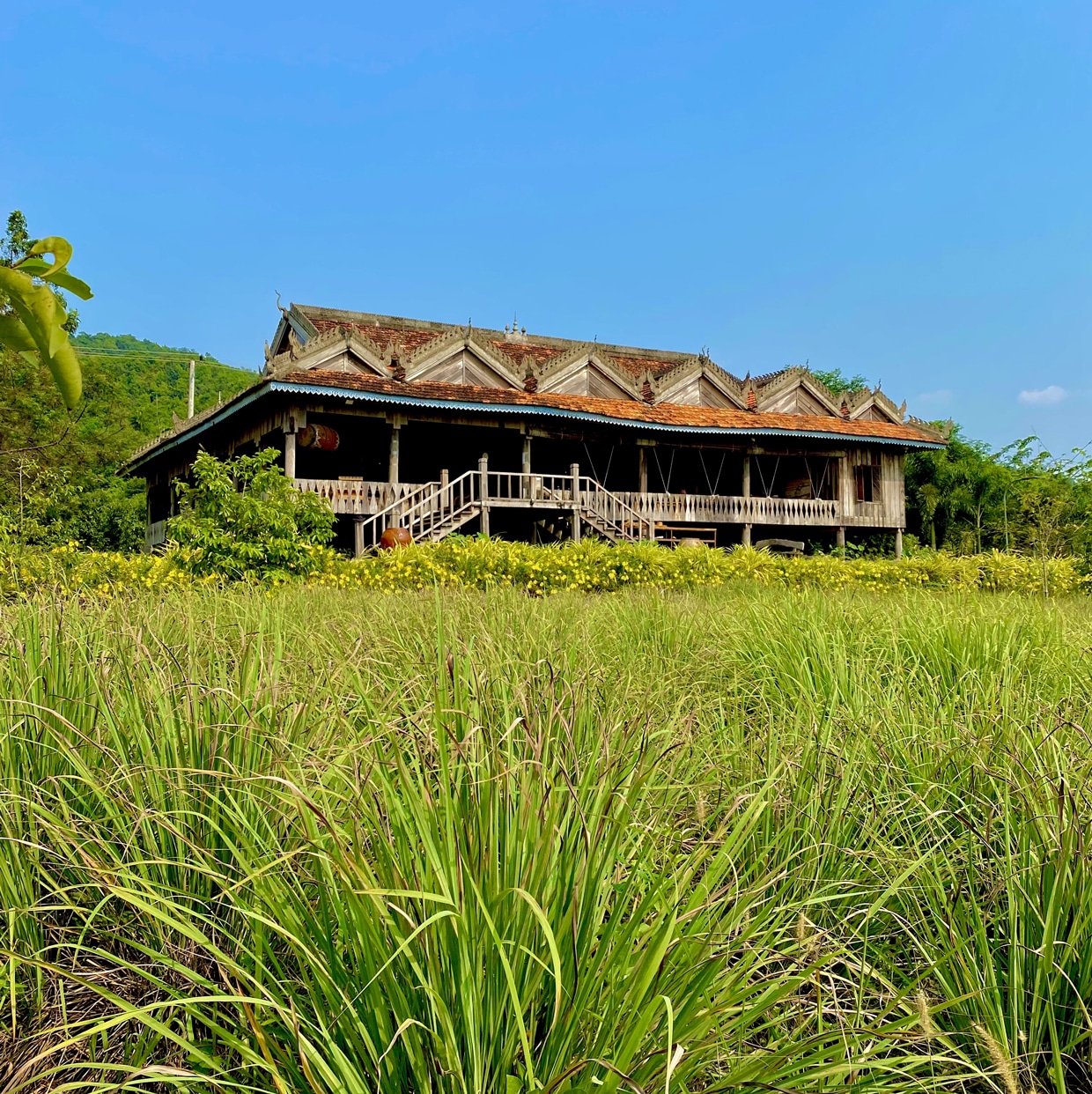
Lemongrass is also an emblematic plant of Cambodian gardens and cuisine. It is a plant that proliferates very well at La Plantation to the delight of our visitors!
It is a wonderful plant because it branches naturally: at the beginning of the rainy season, you just have to plant 3 or 4 stems of lemongrass together in the ground and after a few months, they have multiplied and offer a beautiful green foliage.
When the clump is well developed and the leaves are still green and tender, the top part of the plant can be cut off. The appearance of the lemon grass plantation is then magnificent with a line of well-trimmed balls. The pruning should be repeated several times a year, as the more regularly the foliage is picked, the more it softens and expands.
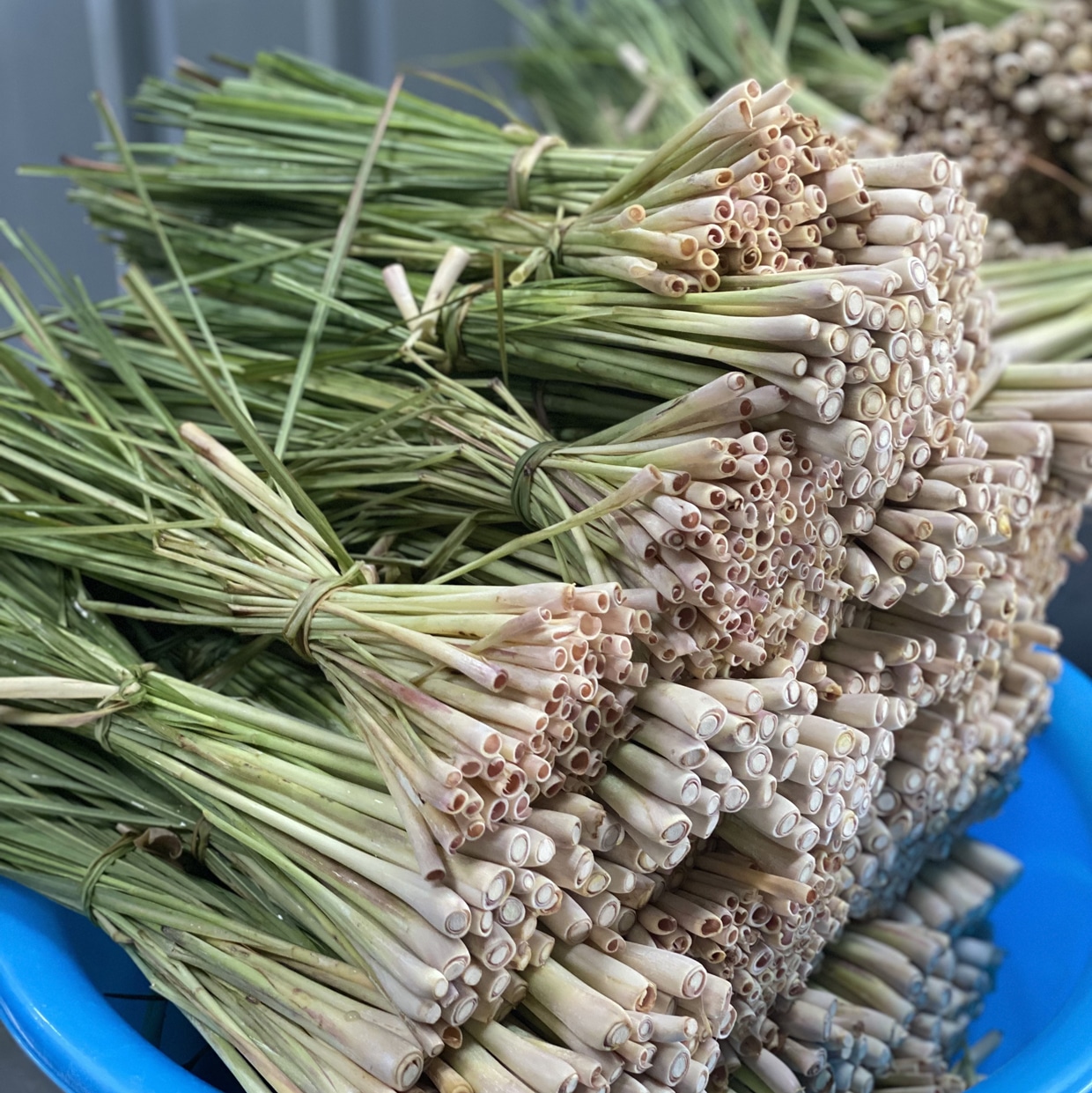
How do we prepare our Lemongrass to avoid food waste? The harvested leaves are immediately washed and dehydrated. They will be used as a basis for delicious refreshing hot or iced infusions.
Once or twice a year, the stalks are pulled out of the ground, cleaned, cut into thin sections and dehydrated. These are then ground into powder for use in cooking. Lemongrass stalks can be used in curries, soups and marinades. They develop a subtle lemony taste that is much appreciated by chefs and gourmets.
And finally… Some of the stems are kept to be immediately replanted and start a new cycle. Tip: Lemongrass is a virtuous plant that can also be planted around houses to repel insects such as mosquitoes.
Long Pepper: from fruit to leaves
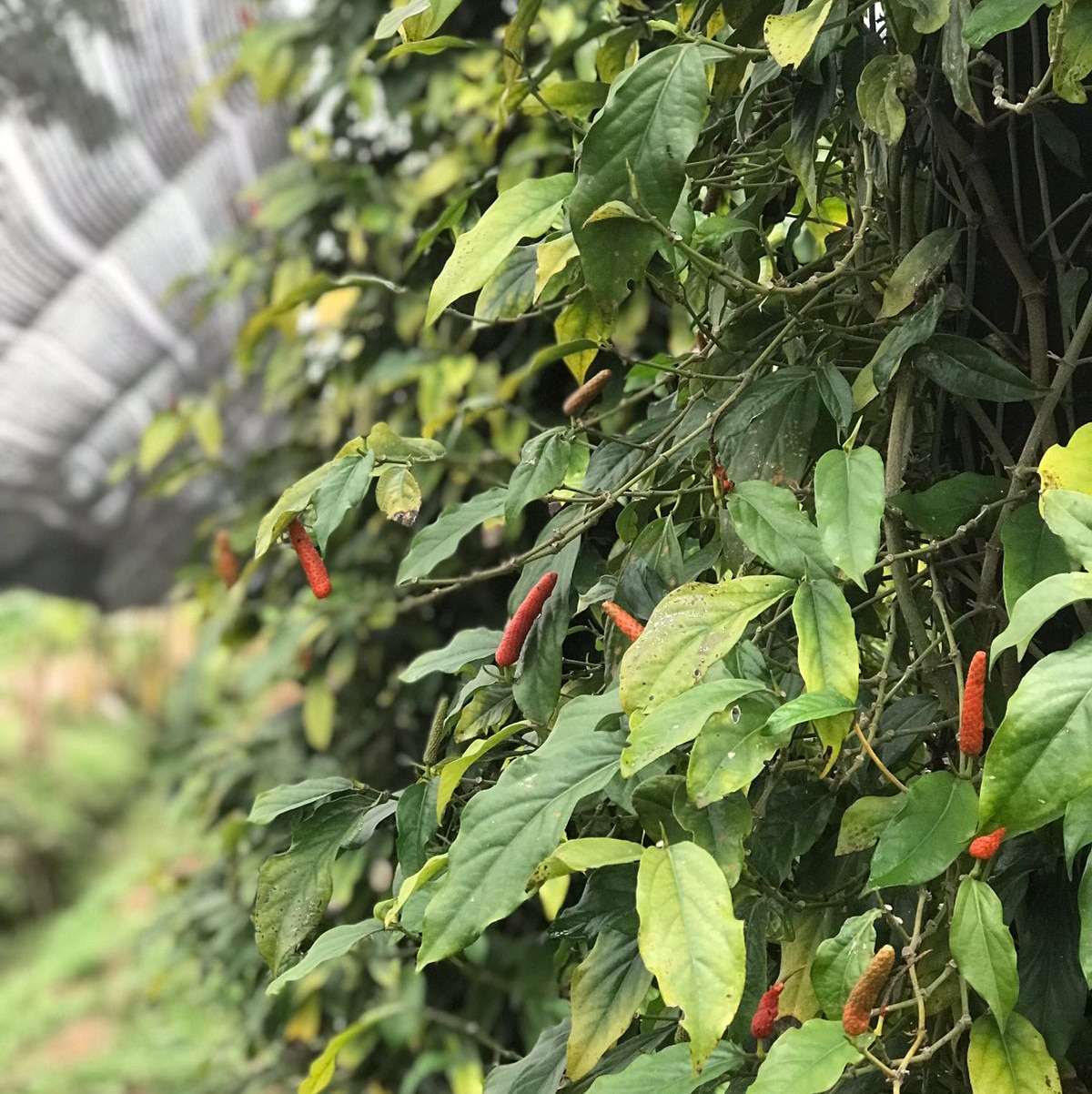
Long Pepper is good… A spice that is still unknown but has a remarkable taste and is so appreciated in cooking. At La Plantation, we have developed products and recipes for all stages of fruit and leaf maturity. Long Pepper is produced all year round, especially during the rainy season. For Long Pepper, it is the plant itself, which is transformed over the months, that guided us in our anti-waste program.
Indeed, at each stage of its maturity, Long Pepper offers a completely different aromatic palette: Green Long Pepper (preserved fresh with salt), with notes of artichoke, and Red Long Pepper (dried), with notes of dried fruit and gingerbread. But that’s not all: we have also developed two other products, from the fruit that ripens on the plant, until it becomes all soft and extra-ripe. Eating it at La Plantation, picked fresh from the plant, is an incredible discovery!

Our Leather of Long Pepper, produced by spreading this ripe fruit on a plate and dehydrating it, has a sweet, caramel-like attack before the spicy power of the Long Pepper develops.
Our Pearls of Long Pepper are the tiny seeds contained in the Long Pepper bean that have been washed and stripped of their husks. They develop very intense aniseed notes.
The unique and warm taste of Long Pepper is also found in its Leaves which, once dehydrated, can be infused in hot or iced tea.
Have you tried all these incredible variations?
We’ll see you soon in an article on the methods and means implemented at La Plantation for the management and recycling of our waste, which are part of our major commitments to protect our environment!
